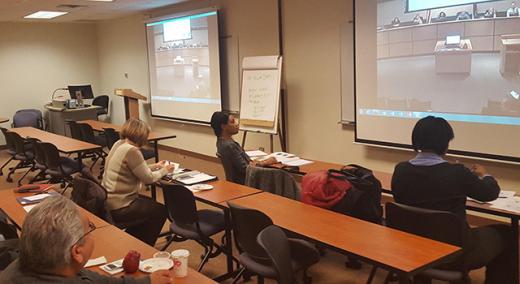Working from home (WFH) is quickly becoming the new normal. The Covid-19 pandemic kicked the WFH movement into high gear, and many experts believe it will continue long after the crisis has passed. (This article makes a solid case.) But before we can optimize this new way of working, we’re all going to have to get proficient at one of the biggest work-from-home fundamentals: the virtual meeting.
|
ADVERTISEMENT |
Remote meetings are inherently different from in-person meetings. If you’re not used to running them, you’re going to make tons of mistakes. And those mistakes can have major ramifications in terms of how well people perform once they log off and get back to work.
The good news is that well-run online meetings can be extremely powerful. In fact, according to the Harvard Business Review, online meetings can be even more effective than in-person meetings when done right. But first you need to be aware of what not to do.
…

Add new comment